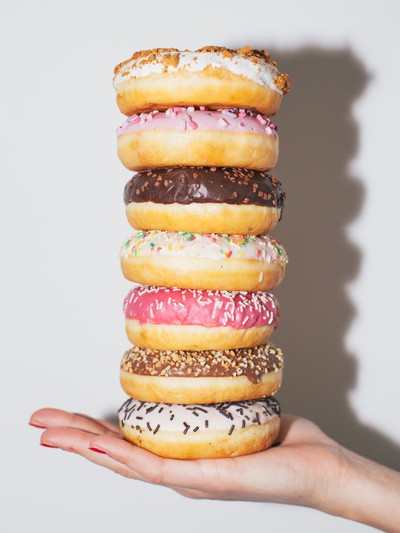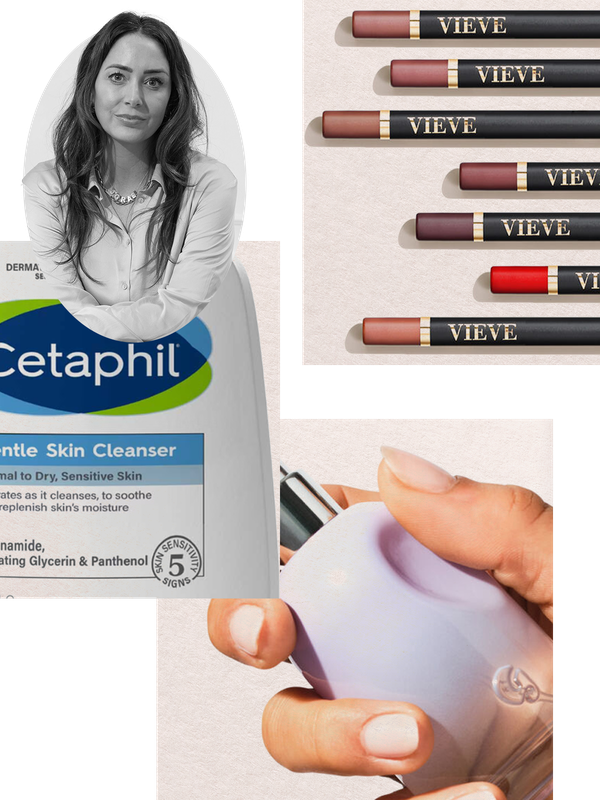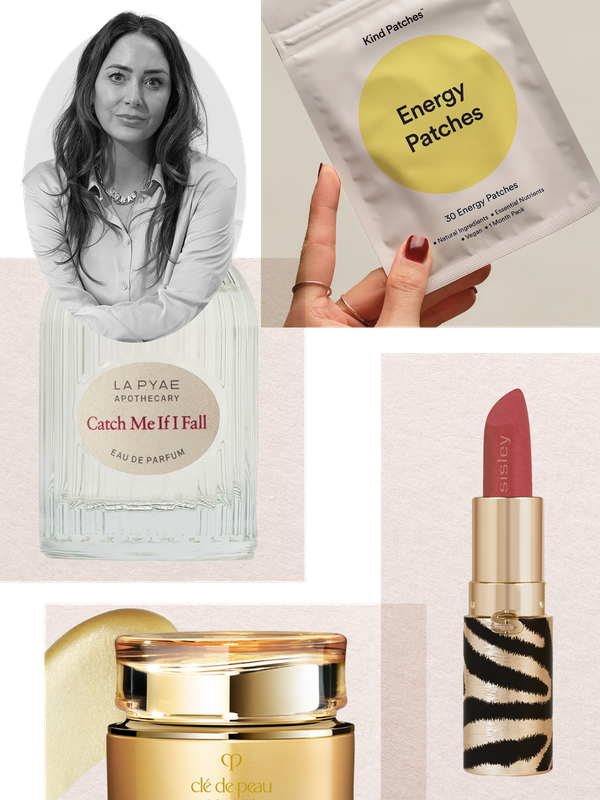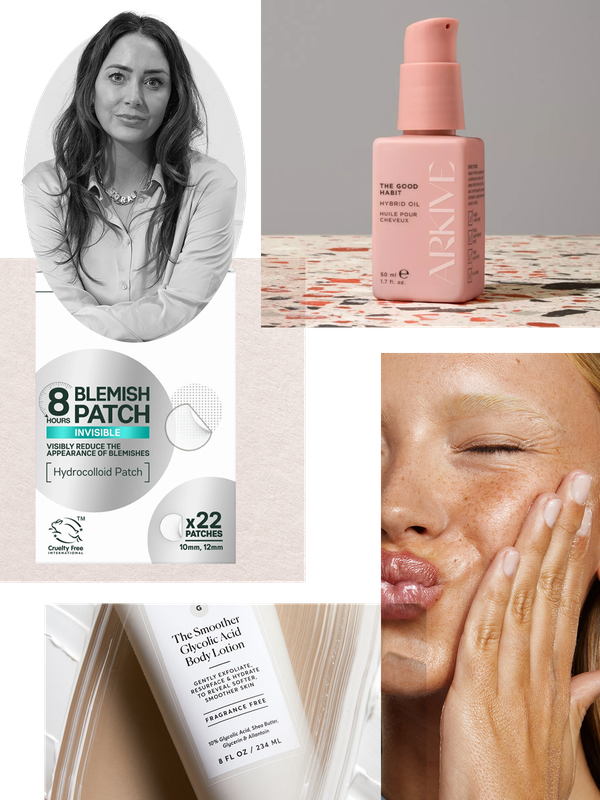

11 Tips For Cutting Back On Ultra-Processed Foods
The Lowdown
Ultra-processed foods, or UPFs, have garnered plenty of attention in the press recently, with experts including the British Medical Journal citing them as a risk factor for several health conditions, including heart disease and type 2 diabetes. Often energy dense but low in nutrients, UPFs are typically highly processed foods that are often cheap and convenient. Typically containing a roster of additives, salt, emulsifiers, sweeteners, and preservatives to enhance their shelf life, UPFs are usually packaged in plastic and are often lacking in recognisable whole food ingredients. “Look at the ingredients list on the packaging,” advises Maz Packham, nutritionist. “If it’s filled with refined oils, added sugars, preservatives, emulsifiers and artificial colours, with little to no wholefood ingredients listed like fresh vegetables, fruits or whole grains, it’s an ultra-processed food.”
Apart from the poor-quality additions found in them, it’s important to understand that UPFs lack any of the essential vitamins and minerals the body needs to function well. “They are typically low in fibre which can over time affect your bowel movements,” says Maz. “UPFs are very low in nutrients despite often being high calorie foods, so overtime they may contribute to nutritional deficiencies which can affect anything from energy levels to immunity and even fertility,” she adds.
The Reason To Pay Attention
It's not just the detrimental impact that UPFs can have on our physical health. Many of the pre-made snacks, ready-meals and quick fixes we reach for in a hurry contain ingredients that are problematic for our mental health too. “UPFs are highly manipulated to be hyper palatable,’ says Rhian Stephenson, nutritionist, naturopath and founder of ARTAH. “The sweetness and flavour profile of a lot of UPFs is quite hedonic and addictive and has a knock-on effect with our mental health; when we eat this food, we are more agitated, more anxious, hungrier, and more inflamed.”
What makes it more problematic is how prevalent they are in not only most of our diets, but most of our supermarkets and shops too. Many of the foods you might think of as typically healthy are in fact highly processed. “Some plant-based milks are considered ultra-processed, so always look for those which contain minimal ingredients,” says Maz. “Many ready-made soups do contain fresh ingredients, but you need to check as many of them have high levels of sodium to enhance flavour, additives and preservatives to extend shelf life, and flavour enhancers to improve taste.”
The Outlook
Despite the data, avoiding all UPFs is likely to be tricky; when we’re juggling work, family, late nights and deadlines, it’s often not realistic to banish them altogether. If you find yourself reaching a tin of beans for a quick and convenient supper once a week, don’t let the news that they’re considered highly processed derail you. “Most baked beans are considered UPFs, but some will have a less offensive ingredients list than others,” says Rhian. “Considering the fact that you're also getting a good amount of fibre and protein from the beans, I would argue that this shouldn't be directly compared with something like an ultra-processed ice cream.”
The important thing, according to experts, is to find the right balance – and don’t beat yourself up about the occasional inclusion. “Aim for them to be the exception, not the norm,” agrees Rhian. “It's important not to be too hard on yourself and to create new habits slowly. If you try to do it all at once, it can be too difficult and create a lot of guilt. It's going to be a process, so look to swap out the worst offenders quickly, and then work at it over time.” And when it comes to those UPFs that you really should avoid at all costs? You probably already recognise them as the worst culprits. “Energy drinks and processed meats like hot dogs and sausages should be avoided at all costs,” adds Maz.
What to avoid & what to choose instead, according to nutritionist Maz Packham…
Shop-bought bread
Avoid: Many breads are considered UPFs as they contain refined flour which lacks fibre and nutrients. They also contain preservatives and emulsifiers to extend shelf life and improve the texture.
Try: Look for a loaf with minimal ingredients and avoid breads with long ingredients lists. Look for wholegrain as it contains all parts of the grain for more fibre, vitamins and minerals. Sourdough is increasingly popular and viewed as a healthier choice as the fermentation process can make it easier on the digestive system and improve nutrient absorption.
Fruit yoghurt
Avoid: Many fruit-flavoured yoghurts are filled with added sugar and flavour enhancers to create the sweet taste.
Try: Look at making a swap to a natural yoghurt topped with fresh fruit. You can even make your own fruit puree by blending a handful of raspberries in a blender with a dash of honey for sweetness if you need to and mixing it in with yoghurt to make your own home-made alternative.
Peanut Butter
Avoid: Avoid products with added sugars or hydrogenated oils.
Try: The simpler the better. Ideally the only ingredients you want to see listed are peanuts, and salt. You might find these types of peanut butters are prone to separating, so you just have to give them a good stir before using.
Ready-made sauces
Avoid: Ready-made sauces such as ketchup often have a high sugar content and contain refined oils and thickeners to improve the consistency, as well as stabilisers like xanthan gum which can irritate the gut.
Try: Making sauces from scratch allows you to control the ingredients and use fresh produce that count towards your plant diversity – like tomatoes and herbs – without sugar or preservatives, for a healthier, nutritious alternative.
Final tips for cutting back & cleaning up your diet…
Start small
“Swapping one UPF item a week for a more nutritious alternative is a good place to start. For example, swap a processed meat sandwich for an egg mayo or tuna sandwich, or make your own sandwich at home with leftover roast chicken. If you love fruit yoghurts, swap them for natural yoghurt and add your own fruit or fruit compote.” – Elizabeth Cooper, nutritionist at Bio-Kult
Make your own sauces
“Pre-bottled sauces – like pasta and stir-fry sauces – tend to be high in sugar, salt and additives. Cooking them from scratch will mean you avoid these hidden ingredients. Make a big batch and freeze it in individual portions for quick and easy future meals.” – Elizabeth
Be careful with protein bars
“If you rely on protein bars and chocolate-based snacks to get a sweet fix, make your own energy balls with dates, nuts and cocoa powder. This will give you a sweet hit while providing adequate sources of fibre and nutrients like magnesium, polyphenols and iron.” – Jenna Hope, registered nutritionist
Visit your butcher
“If sausages, hot dogs and burgers are your thing, buy high-quality meat from a reputable butcher who sells grass-fed meat, which is higher in healthy omega-3 fats.” – Elizabeth
Use a slow cooker
“If you rely on ready meals, get into the habit of making bolognese, chilli and curries in a slow cooker. Adding in plant proteins like lentils or beans, or even swapping them for some of the meat, will also increase your fibre intake.” – Elizabeth
Get creative
“Swap ready-prepared or takeaway pizzas for a shop-bought base and add your own ingredients – tomato paste, mozzarella and vegetables like onion, peppers and mushrooms. Add a homemade mixed salad on the side to increase your plant foods.” – Elizabeth
Opt for sourdough
“Try to buy bread from a quality bakery. Sourdough is a good choice as it contains only two or three ingredients and takes some chewing, which releases appetite-related hormones that stop you from overeating.” – Elizabeth
Rethink breakfast
“Breakfast cereals are one of the most common UPFs. Swap for overnight oats, porridge or eggs. When it comes to lunch, pop your sandwich filling into a cooked sweet potato or half an avocado instead of bread.” – Dominique Ludwig, nutritional expert
Steer clear of vegetable oils
“Get into the habit of checking for highly refined vegetable oils – such as sunflower oil – on ingredients lists. These oils are processed and inflammatory. Use extra virgin olive oil as much as possible, and make your own dressing with olive oil, apple cider vinegar and mustard, keeping in a jam jar in the fridge. This is a far more nutritious alternative to shop-bought salad dressing.” – Dominique
Avoid the rainbow aisles
“These are the aisles in the supermarket filled with brightly coloured packaging designed to be tempting. Spend most of your time in the fresh aisles of the supermarket picking up real food. An apple should look like an apple, and a chicken should resemble a chicken.” – Dominique
Always read the label
“Ideally, check the food you’re buying has no more than five ingredients. If it’s more than this, it’s likely ultra-processed. Make sure you can read the ingredients list easily out loud, too. Difficult pronouncing an ingredient – like the sweetener ‘acesulfame K’ – should be a red flag. Ensure you recognise all the ingredients as foods you have cooked with or eaten before.” – Dominique
DISCLAIMER: Features published by SheerLuxe are not intended to treat, diagnose, cure or prevent any disease. Always seek the advice of your GP or another qualified healthcare provider for any questions you have regarding a medical condition, and before undertaking any diet, exercise or other health-related programme.
DISCLAIMER: We endeavour to always credit the correct original source of every image we use. If you think a credit may be incorrect, please contact us at info@sheerluxe.com.





